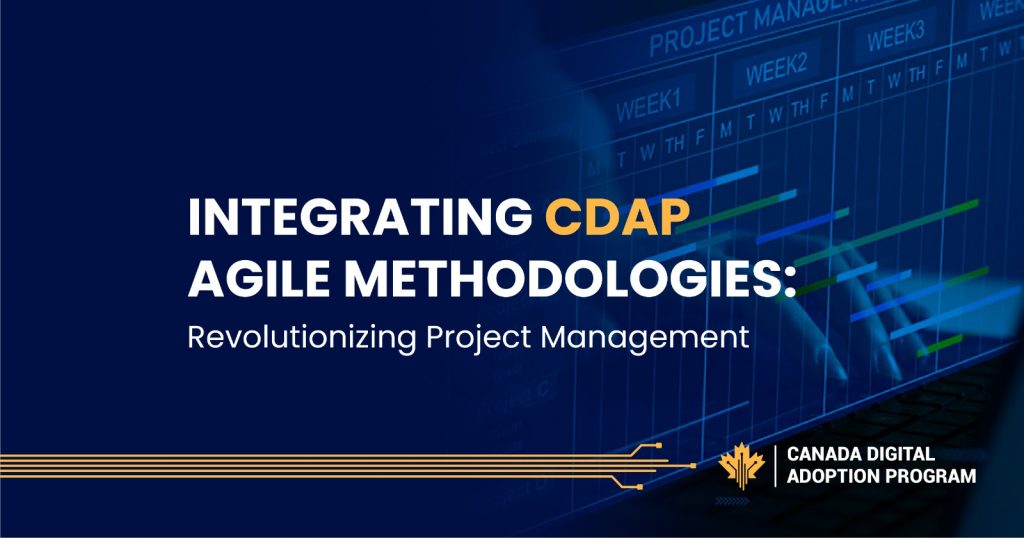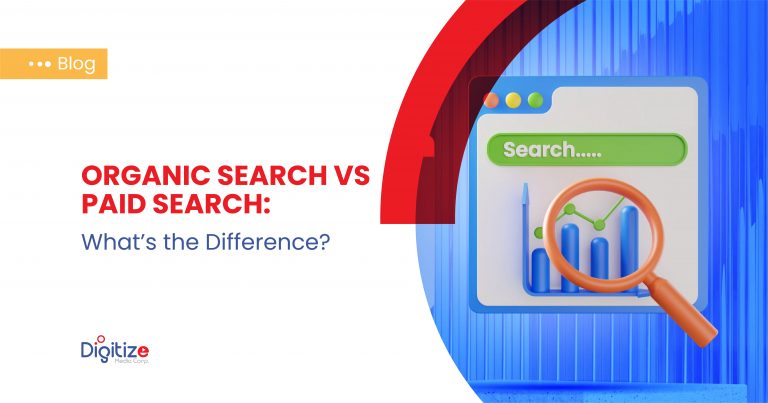Embracing Agile in CDAP Implementations
In the realm of digital project management, the integration of CDAP agile methodologies has become a focal point for organizations aiming for efficiency and adaptability. Guided by the expertise of the CDAP Digital Advisor in Edmonton, the application of agile principles within CDAP projects is reshaping how teams approach, execute, and deliver digital solutions. Addressing the growing need for information on agile methodologies in CDAP, this article discusses their application, emphasizing the importance of flexibility and collaboration in achieving successful project outcomes.
The Convergence of CDAP Agile Methodologies
CDAP’s alignment with agile methodologies marks a significant shift from traditional project management approaches. This convergence brings forth a dynamic framework that prioritizes customer satisfaction, adaptive planning, and responsive change. Agile methodologies in CDAP encourage iterative development, where projects are divided into manageable segments, allowing for frequent reassessment and adjustments as needed.
Principles of Agile in CDAP Projects
The integration of Agile principles in CDAP (Community Digital Assistance Program) projects fundamentally transforms how these initiatives are planned, executed, and delivered. Agile methodology, known for its flexibility, adaptability, and focus on collaboration and customer satisfaction, aligns well with the dynamic and often complex nature of CDAP projects. Here’s an explanation of key Agile principles as applied to CDAP projects:
- Customer-Centric Approach:
- Agile methodology prioritizes the customer’s needs and feedback throughout the project lifecycle. In the context of CDAP projects, this means continuously aligning the development process with the end-users requirements and preferences.
- Regular interaction with stakeholders, frequent reviews, and adaptability to feedback ensure that the project remains aligned with user needs and expectations. This approach helps in delivering a product or service that genuinely addresses the specific requirements of the community or target group.
- Welcoming Change, Even Late in Development:
- Unlike traditional methodologies that often resist changes, especially in the later stages of development, Agile embraces change at any point in the project. This flexibility ensures that the project remains relevant and effective, even as requirements evolve.
- CDAP projects, often dealing with rapidly changing digital landscapes and diverse community needs, benefit from this adaptability. Changes in community needs, technology, or project goals can be accommodated, ensuring the project’s relevance and efficacy.
- Frequent Delivery of Working Solutions:
- Agile methodology advocates for the regular delivery of small, incremental releases of the final product, known as iterations. Each iteration is a mini-project containing a slice of functionality.
- In CDAP projects, this translates to continuous progress and the ability to assess and refine the project frequently. This iterative process allows for regular feedback and the early detection and rectification of issues, enhancing the overall quality of the project.
- Sustainable Development Pace:
- Agile promotes maintaining a consistent and sustainable pace of work, which helps teams to be more productive in the long term.
- For CDAP projects, this means planning work in manageable segments (sprints) and ensuring that the project team is not overburdened. This approach reduces burnout and increases productivity and morale.
- Close, Daily Cooperation Between Business People and Developers:
- Agile emphasizes regular communication and close collaboration between the project team and stakeholders.
- In CDAP projects, this principle ensures that developers, digital advisors, and community stakeholders work closely. This cooperation leads to a deeper understanding of the project goals and more effective solutions.
- Motivated Individuals:
- Agile relies on the premise that motivated individuals best handle projects. Providing the needed support and trust encourages innovation and productivity.
- In CDAP, empowering team members with the resources, support, and trust they need encourages responsibility, creativity, and a sense of ownership.
Challenges in Implementing Agile in CDAP
Implementing Agile methodologies in CDAP (Canada Digital Adoption Program) projects presents distinct challenges:
- The shift from traditional, linear project management to the iterative, flexible Agile approach can be a significant cultural change for organizations, requiring a mindset shift among team members and stakeholders.
- Agile demands high levels of collaboration and communication, which can be challenging to maintain consistently, especially in diverse teams or when working remotely.
- The Agile framework requires continuous customer or stakeholder involvement, which can be difficult to manage if stakeholders are not readily available or are unfamiliar with Agile principles.
- The iterative nature of Agile might conflict with fixed budgets and timelines typical in many public sector projects, including CDAP, necessitating careful planning and adaptation.
Agile Tools and Techniques for CDAP Projects
Effective tools and techniques, such as Scrum boards, Sprints, and daily stand-ups, are crucial for successfully implementing agile methodologies in CDAP projects. These tools help in tracking progress, managing tasks, and maintaining team collaboration.
Agile CDAP Projects in Action
Examining real-world examples of CDAP projects that have successfully utilized agile methodologies can provide valuable insights into best practices and strategies for effective implementation.
Agile as a Catalyst for CDAP Success
The integration of agile methodologies into CDAP projects is proving to be a catalyst for success, offering a framework that is adaptable, collaborative, and driven by customer satisfaction.
For insights on how CDAP is applied in the public sector using agile methodologies, visit CDAP Public Sector.
Agile Methodologies – The Future of CDAP Project Management
In conclusion, the incorporation of CDAP agile methodologies is setting a new standard for project management, emphasizing flexibility, collaboration, and customer-centric approaches. This agile integration is not just a trend but a strategic move towards more dynamic and successful project outcomes in the digital world.
Stay ahead in project management with CDAP agile methodologies. Discover more about how agile principles can transform your CDAP projects, ensuring efficiency and success in the rapidly evolving digital landscape.








